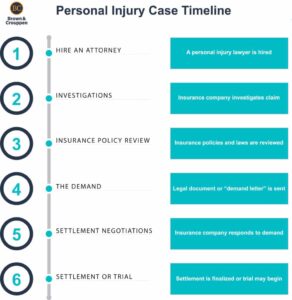POOL SAFETY:
- Never Swim Alone: The first and most important rule for water safety. Use the buddy system—always. If swimming with small children, ensure they are always within arm’s reach.
- Barriers: If you have a pool at home, ensure a barrier such as a fence or a gate surrounding the pool with a lock that small children cannot enter by themselves.
- Drains: Stay away from pool drains and ensure that swimmers do not get caught in underwater suction.
- Chemicals: Ensure that chemicals are kept out of reach of children, locked up if possible.
- Safety Rules: Set rules before entering the pool and remain vigilant about enforcing them.
- A Lifeguard can prevent accidents from happening and save swimmers in the event of a drowning.
OCEAN SAFETY:
- Never Swim Alone: Hazards of the ocean can become dangerous in an instant, so it is important to have someone with you to keep you both safe.
- Understand what the beach flags mean: Only swim when it is safe and remember that the absence of beach flags does not guarantee that it is safe. Ocean currents can change in an instant.
- Rip Currents: Rip Currents are powerful and fast-moving, flowing from the shoreline to where the waves break. If you get caught in one, keep calm-do not try to fight it. Remember to swim sideways parallel to the beach to get yourself out of the current and return to safety. If swimming sideways doesn’t help, tread water or float and use your voice to alert you need help.
- Lifeguards: Swim near a lifeguard station if possible, but do not assume that they will be able to see everyone all the time. Just because you are by a station, still pay attention to your friends and family to ensure everyone stays safe.
- Lightening: Many ocean towns experience pop up thunderstorms regularly. If you hear thunder, assume lightning is also present and remove yourself from the beach. Thankfully, these storms tend to pass quickly, so you should be able to return to the fun relatively quickly.
RIVERS, LAKES, STREAMS:
- Never Swim Alone: Stated again! The most important rule of swimming and a steadfast rule for every swimming situation. Always have a buddy.
- Understand your capabilities: It may be fun to try to swim across a river or cove, but you could find yourself in serious trouble rather quickly if you are not prepared physically.
- Do Not Dive: Always enter unknown water feet first, never dive head-first. You never know how deep a body of water is or if an obstacle is floating under the surface.
CURRENTS:
- Remember that currents, waves, and other obstructions are not just found in the ocean. Be aware of fast-moving water and have a safety plan if you find yourself caught in the current.
- Hypothermia: It may sound silly, but even if the water on the surface is warm, the water underneath can be colder. Make sure you take breaks to warm up during swimming and monitor small children for signs of hypothermia (Chills, blue-tinged lips, etc).
Swimming is an activity that all age groups can enjoy! Remember that keeping in mind the above safety tips can keep your entire family and friends safe.











